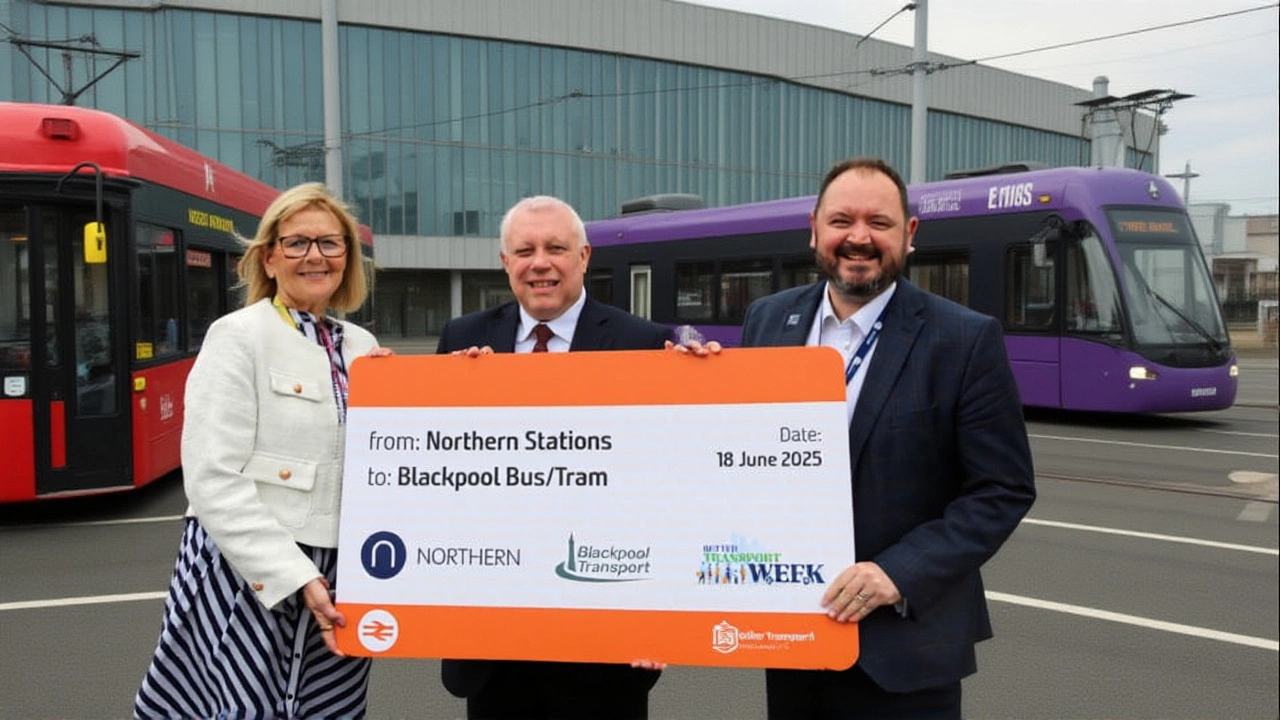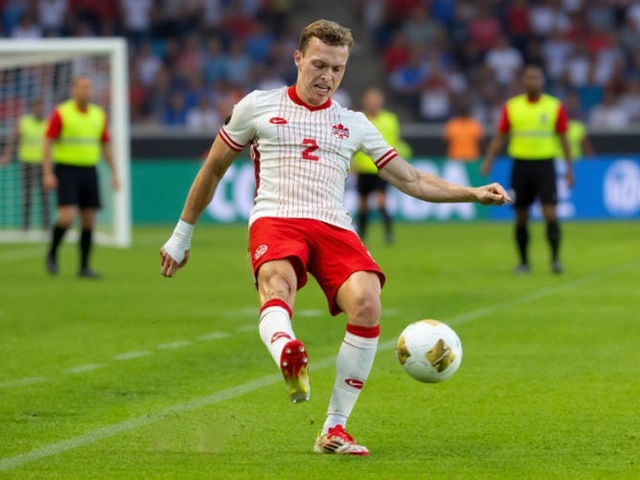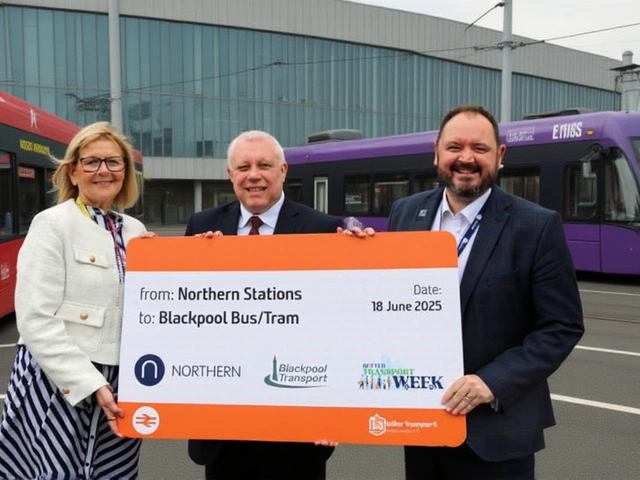Blackpool Transport – Getting Around the Seaside Town
When talking about Blackpool Transport, the public bus and tram network that moves residents and visitors around Blackpool, Lancashire. Also known as BBT, it links the promenade, the town centre and surrounding suburbs, making it easy to catch a match, visit a historic pub or head to a nearby golf course.
The bus service, a fleet of low‑floor double‑deckers and single‑deckers operating on frequent routes is the backbone of the system. It runs every 10‑15 minutes on main corridors, adjusts timings for rush hour and scales back when there are fewer riders. This flexibility means fans can still get to a Carabao Cup clash or a local football derby without missing the kickoff.
Tram system and ticketing – the smooth link
The tram system, a historic coastal line that runs from Starr Gate to Rigby Road, offering scenic rides along the seafront complements the buses by covering long stretches of the coastline. It requires an integrated ticketing, contactless cards and mobile apps that work across both buses and trams. When a big match draws crowds, the ticketing platform automatically ups the number of available seats, preventing long queues at the station.
Local events directly shape transport planning. For instance, when the Cross Keys Hotel in Burnley put its historic bar on the market, many tourists switched to public transport to explore nearby attractions without worrying about parking. Similarly, golf enthusiasts heading to the MyOwnGolfGear.com showcase in Blackpool rely on the tram for a hassle‑free commute, especially when weather turns rainy and the FlightScope Mevo Plus simulator is being demoed indoors.
Because Blackpool Transport is tightly linked with community life, its schedule often mirrors the rhythm of sports and leisure. On evenings when the Wolves vs Everton Carabao Cup game is on, extra bus services run out of the town centre to the Molineux stadium, while the tram runs a night service so fans can enjoy a drink at a local pub before heading home.
Maintenance and sustainability are also key parts of the network. The bus fleet is gradually shifting to electric models, reducing emissions and keeping the seafront air fresh for joggers and golfers alike. The tram line, already electric, is being upgraded with newer signalling to improve on‑time performance, which benefits commuters heading to the local golf club for early tee times.
Service reliability hinges on real‑time data. Operators use GPS tracking and passenger count analytics to predict demand spikes, especially during the four major golf tournaments that attract fans from across the UK. When a major tournament is announced, the system pre‑books extra seats and alerts riders via the mobile ticketing app, ensuring smooth travel for everyone.
Community feedback shapes future routes too. Residents have asked for a new bus line that connects the town’s coastal promenade with the inland golf courses, making it easier for players to transport their clubs. The transport authority is currently piloting a trial route that could become permanent if demand stays high.
All these pieces—buses, trams, ticketing, data, and community input—form a connected ecosystem that keeps Blackpool moving. Below, you’ll find a curated mix of stories that show how this network supports everything from football nights and historic pub sales to the latest golf gear launches. Dive in to see the real impact of Blackpool Transport on everyday life and special events.

- Oct 1, 2025
- Posted by Caspian Fairweather
Northern Railway partners Blackpool Transport for bus‑tram tickets
Northern Railway partners with Blackpool Transport to offer rail‑to‑bus‑tram tickets, easing travel for commuters and tourists starting July 7, 2025.




